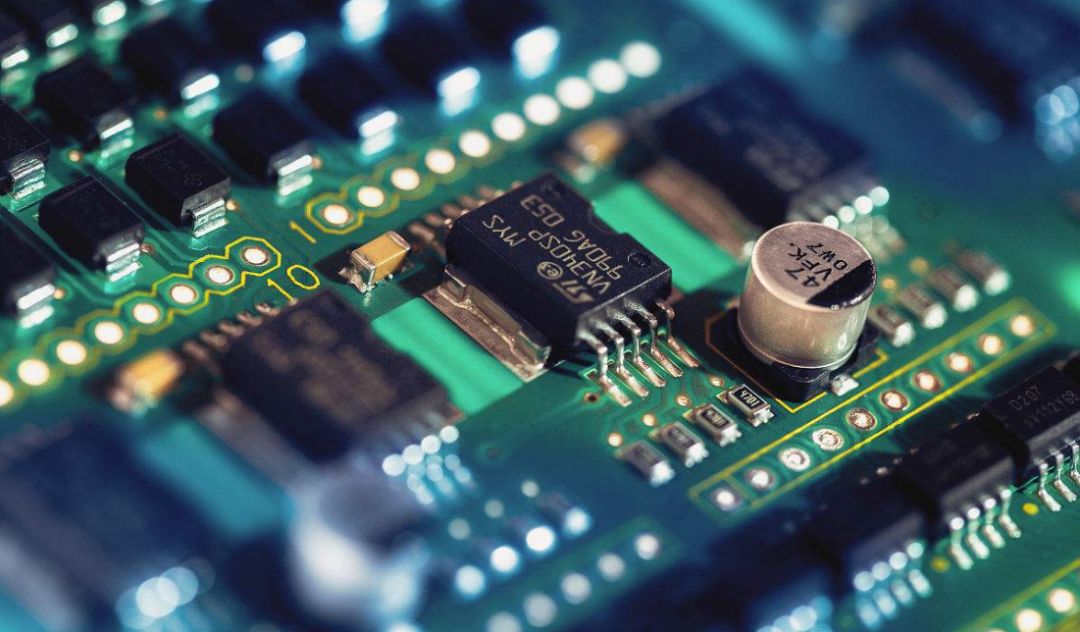About us
FASTPCBA Co.,Ltd
-
 Building 1, Senyang Electronic Technology Park, Guangming High-tech Park, Yutang Street, Guangming District, Shenzhen City.
Building 1, Senyang Electronic Technology Park, Guangming High-tech Park, Yutang Street, Guangming District, Shenzhen City.
-
 F:86-13418481618
F:86-13418481618
-
 pcba13@fastpcba.cn
pcba13@fastpcba.cn
 date:2019-05-14 14:37:00
date:2019-05-14 14:37:00
How to improve the thermal reliability of PCBA board
In general, the distribution of copper foil on the PCBA board is very complicated and difficult to model accurately. Therefore, the shape of the wiring needs to be simplified during modeling, and the electronic components on the ANSYS model circuit board that are close to the actual circuit board simplified modeling can be applied to simulation, such as MOS tube, integrated circuit block, etc

Thermal analysis
Thermal analysis during SMT helps the designer determine the electrical properties of components on the PCB board, and helps the designer determine whether components or boards will burn out due to high temperatures. Simple thermal analysis is only to calculate the average temperature of the circuit board, complex electronic equipment with multiple circuit boards to establish a transient model. The accuracy of thermal analysis ultimately depends on the accuracy of component power consumption provided by the circuit board designer.In many applications, weight and physical size are very important. If the actual power consumption of the component is small, the safety coefficient of the design may be too high, so that the design of the board is based on the actual or inconsistent component power consumption value. Perform a thermal analysis. The opposite (and more serious) is that the thermal safety coefficient is designed too low, that is, the actual operating temperature of the component is higher than that predicted by the analyst. Such problems are generally solved by adding a heat sink or a fan to the board. Cool down to solve. These external accessories add cost and extend manufacturing time. Adding a fan to the design can also cause instability in reliability. Therefore, the circuit board mainly uses active rather than passive cooling (such as natural convection, conduction and radiation Cooling).
Simplified modeling of circuit boards
Before modeling, analyze the main heating devices in the circuit board, such as MOS tubes and integrated circuit blocks. These components convert most of the power loss into heat during operation.Therefore, these devices need to be primarily considered in modeling.In addition, copper foil coated as a wire on the board substrate is also need to considered. They not only play the role of conduct electricity in the design, but also play the role of conducting heat. The thermal conductivity and heat transfer area are relatively large. The circuit board is an indispensable component of the electronic circuit. Its structure is composed of epoxy substrate. And consists of a copper foil coated as a wire. The thickness of the epoxy resin substrate was 4 mm, and the thickness of the copper foil was 0.1 mm. The thermal conductivity of copper is 400 W/(m ° C), while the thermal conductivity of epoxy resin is only 0.276 W/(m ° C). Although the added copper foil is very thin , it has a strong guiding effect on heat, so it cannot be ignored in modeling.
 Building 1, Senyang Electronic Technology Park, Guangming High-tech Park, Yutang Street, Guangming District, Shenzhen City.
Building 1, Senyang Electronic Technology Park, Guangming High-tech Park, Yutang Street, Guangming District, Shenzhen City.
 F:86-13418481618
F:86-13418481618
 pcba13@fastpcba.cn
pcba13@fastpcba.cn